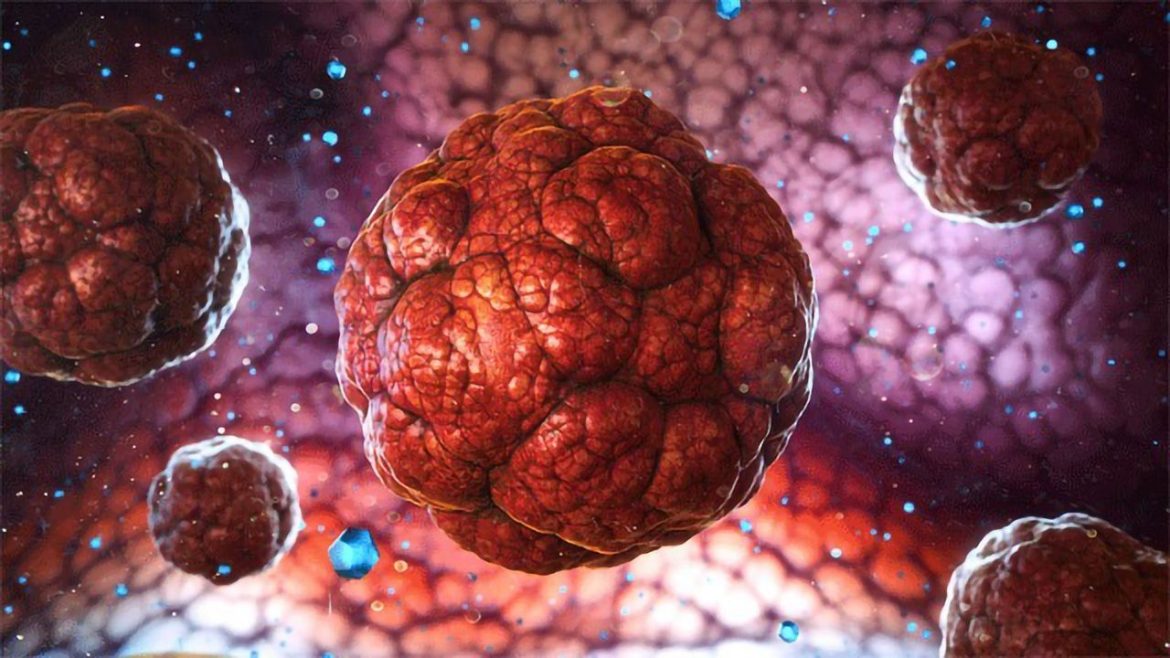Cancers of the appendix, a tiny tissue pouch in the gastrointestinal system, are exceedingly rare, affecting less than one or two persons per million each year. The future is uncertain, with a 5-year survival rate ranging from 67 to 97 percent for low-grade tumours identified early, but significantly lower for advanced instances that may have migrated to other body areas.
The lack of an effective preclinical model to examine its pathophysiology and test novel drugs or therapeutic methods has been a major impediment for cancer researchers attempting to understand and cure appendiceal cancer.
Researchers from the University of California San Diego School of Medicine and Moores Cancer Center at UC San Diego Health present the first preclinical model of appendiceal cancer that comprises all parts of the tumour, allowing previously stalled investigations to proceed.
“We’ve learned that appendiceal cancer has a distinctive genomic landscape and is surprisingly full of immune cells,” said senior author Andrew Lowy, MD, chief of the Division of Surgical Oncology at Moores Cancer Center and a professor of surgery at UC San Diego School of Medicine.
“Relying on other models, such as colorectal, doesn’t apply, which makes this an unmet need. Epithelial neoplasms (new, abnormal tissue growth) of the appendix are rare, but without an effective way to study them, the opportunities to develop new treatments have also been rare.”
There are various challenges to developing a preclinical model of appendiceal cancer:
1. Access to clinical specimens is limited due to the rarity of the condition.
2. The majority of neoplasms have mucinous histology, which makes them difficult to diagnose and cultivate under a microscope.
3. Mice lack the human appendix, making them unsuitable for use as a genetically engineered model.
4. Lowy and coworkers created a live appendiceal cancer cell organotypic slice culture.
Organotypic slices are three-dimensional organ cultures. The slices in this example are generated from appendiceal cancer tissue taken from patients after surgery and cultivated ex vivo, or outside of the body. Organotypic slices have previously been used to represent various diseases such as pancreatic, lung, and colon cancer, but not appendiceal cancer.
According to the scientists, the organotypic model successfully recapitulates appendiceal tumours in terms of cell mix and behaviour, making it a promising new research tool in addition to organoids and patient-derived xenografts (transplanted tissue grown in another species, such as a mouse or rat).
“We’ve learned that utilizing tissue slices made from patient tumour resections is a great way to study the pathobiology of this disease, and we are hopeful they will help predict therapy responses in patients,” said Lowy. “Using this new model, we can now test new treatments that might lead to better outcomes for patients with advanced disease.





